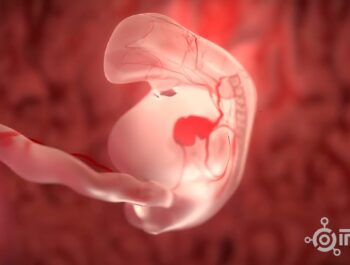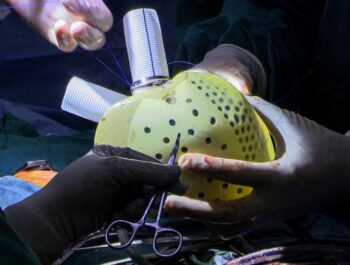
Knee replacement: restoring mobility and quality of life
3min ReadKnee arthritis is a common disease that destroys the cartilage of the knee joint. This destruction can lead to severe pain, stiffness and limited movement in the knee. Knee replacement surgery, also known as knee arthroplasty, is a medical procedure that aims to relieve pain and restore function to severely damaged knee joints.
Knee replacement surgery involves removing the damaged or diseased parts of the knee joint and replacing them with artificial components made of metal, plastic, or ceramic. The procedure is often performed under general anesthesia and may take several hours to complete.
There are two main types of knee replacement surgery:
Total knee replacement (TKR): In this procedure, the entire knee joint is replaced with prosthetic components, including components of the femur, tibia, and patella.
Partial knee replacement: Also known as single-part knee replacement, this procedure only involves Replacing the damaged part of the knee joint and preserving the healthy parts.
Knee replacement surgery is usually recommended for people who experience:
- Chronic knee pain that interferes with daily activities
- extreme stiffness and limitation of range of motion in the knee
- inflammation and chronic swelling of the knee joint
- lack of relief with non-surgical treatments such as drugs, physiotherapy or injections
However, candidacy for knee replacement surgery is determined on a case-by-case basis by a health care professional, taking into account factors such as age, general health, and severity of the knee injury.
Method (How to):
During knee replacement surgery, the surgeon makes an incision in the knee and removes the damaged parts of the joint. The remaining bone surfaces are then shaped to accommodate the prosthetic components. The artificial components, including those from the femur, tibia, and patella, are then secured to the bone using specialized surgical cement or through press-fit techniques. After the prosthetic components are in place, the surgeon will test the knee’s range of motion and ensure proper alignment before closing the incision with stitches or staples. In some cases, a drain may be temporarily placed to remove excess fluid from the surgical site.
Postoperative Care of Knee Replacement:
- Rest: The patient should have adequate rest in the first few days after surgery.
- Physiotherapy: The patient should undergo physiotherapy to strengthen the muscles around the knee and restore the range of motion of the joint. Taking
- medication: The patient should take prescribed medications to relieve pain and prevent infection.
- Wound care: The patient should take proper care of his wound to prevent infection.
Possible side effects of knee joint replacement:
While knee replacement surgery can be very effective in relieving pain and restoring function, it is essential for patients to be aware of the risks and possible complications associated with this procedure. These may include:
- Infection: Infection is one of the most common complications of knee joint replacement.
- Bleeding: Bleeding may occur during or after surgery.
- Blood clots: Blood clots in the legs (deep vein thrombosis) can be a serious complication.
- Implant loosening: The implant may loosen over time and require re-surgery.
- Damage to nerves or vessels: During the operation, the nerves or vessels around the knee may be damaged.
Benefits of knee joint replacement:
- Pain reduction: Knee joint replacement can significantly reduce knee pain.
- Improving mobility: Knee joint replacement can increase the range of motion of the knee and help the patient to carry out their daily activities easily.
- Improving the quality of life: Knee joint replacement can significantly increase the patient’s quality of life
Conclusion:
Knee replacement surgery is a common and effective treatment option for people who suffer from severe knee pain and dysfunction caused by arthritis or injury. By understanding the procedure, recovery process, and potential risks, patients can make informed decisions about their health care and work to regain mobility and improve their quality of life. Before deciding to have a knee replacement, be sure to consult an orthopedic surgeon.













Reviews
Number of pending reviews175